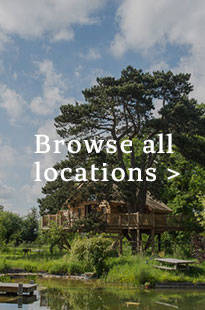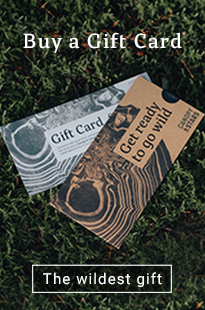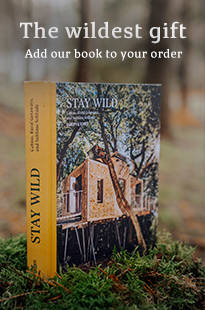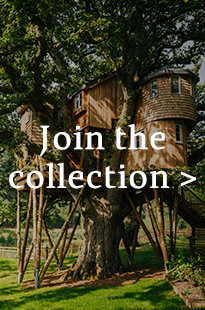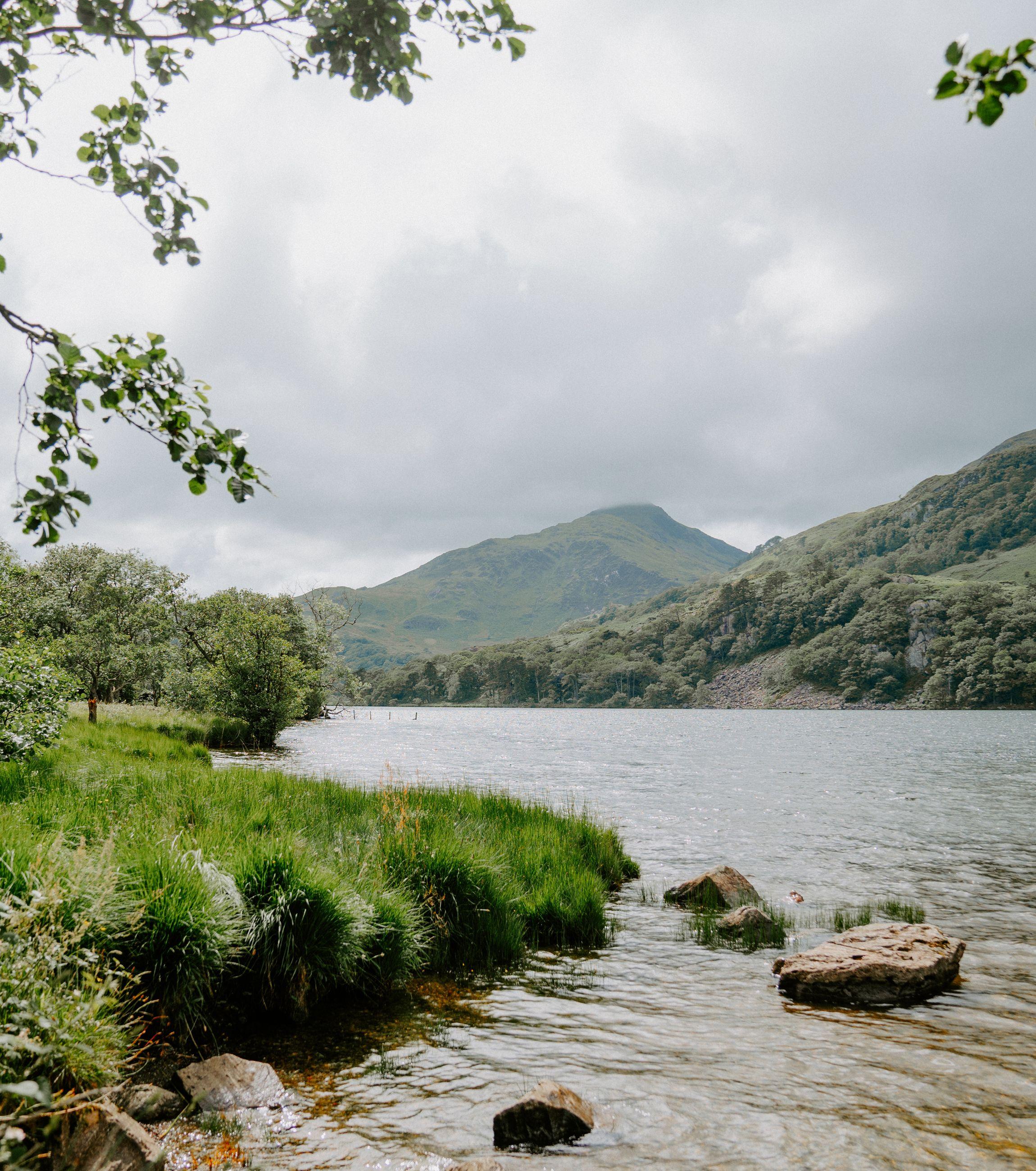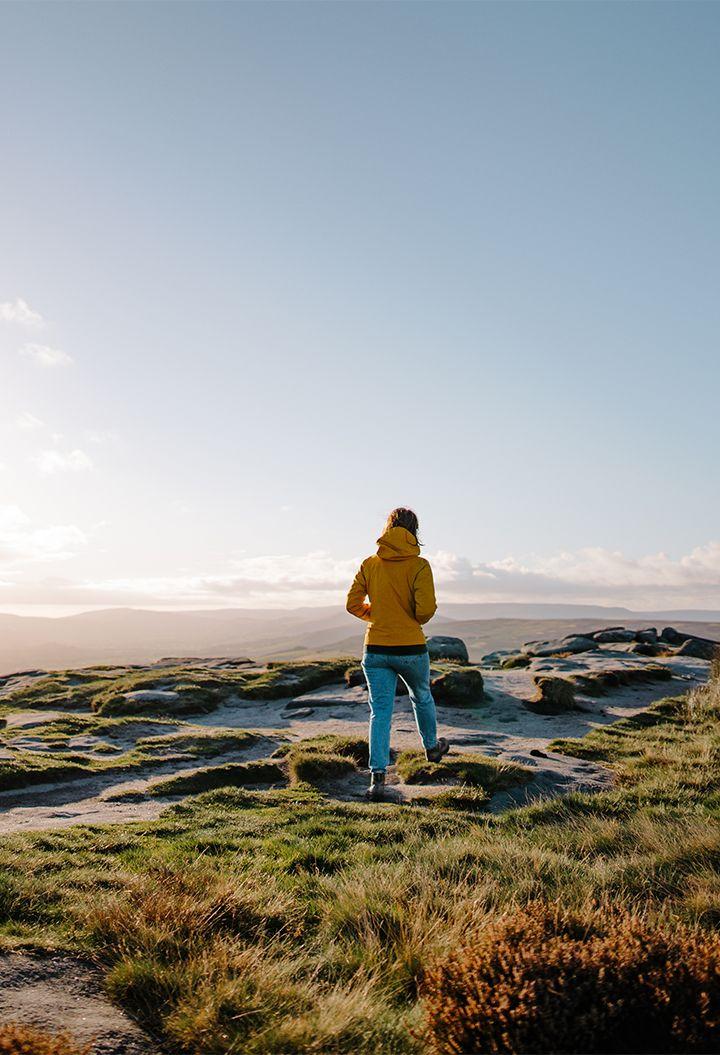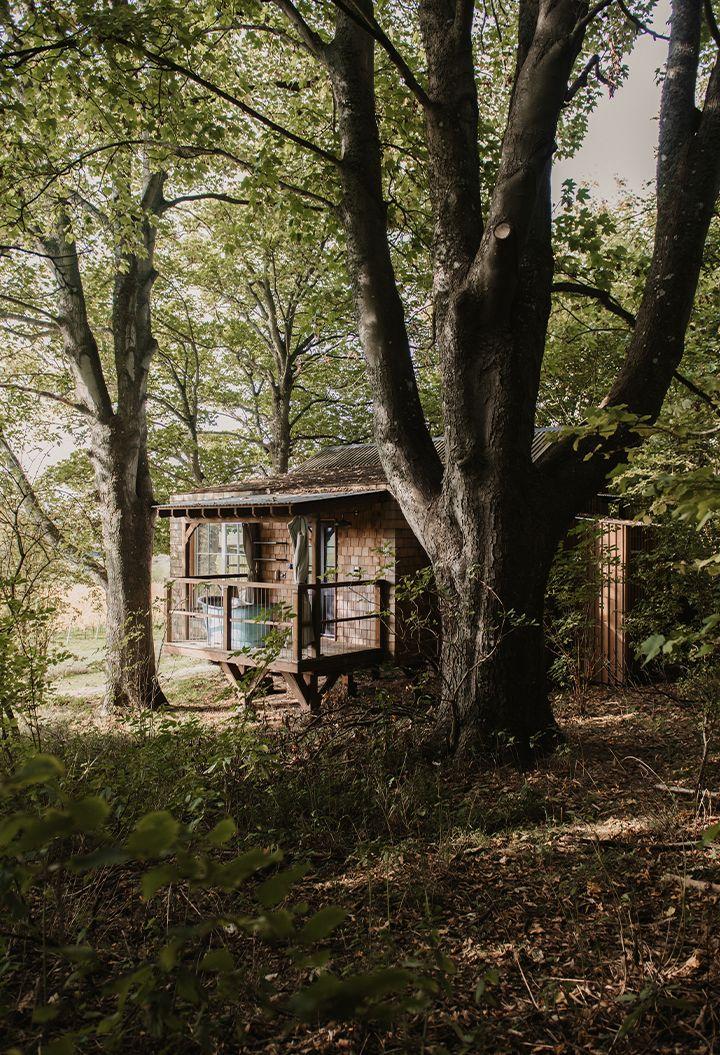- Location
- Glamping
Special occasions
- Stories
- Gift Cards
- About us
About Canopy & Stars
More from Canopy & Stars
More at Sawday's
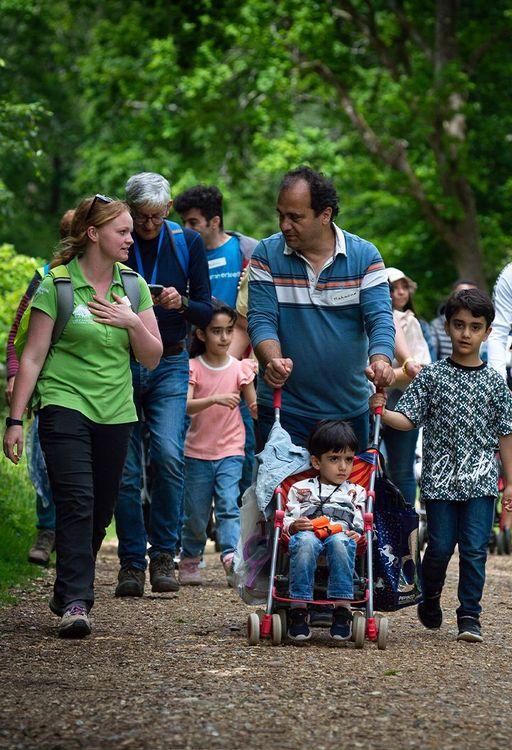
Meet the park ranger: what's it actually like to spend all day working in nature
You might think working for Canopy & Stars, we’d have the ultimate job. And you’re right, it is pretty sweet going out to inspect incredible spots in nature. You won’t find any complaints here. That being said, if we had to work anywhere else, being a Park Ranger is high up on that list, because if we didn’t help other people get out into nature, we’d rather be out there ourselves! So, we got the incredible opportunity to find out if it’s all we imagined and spoke to Hayden Bridgeman – who maintains The New Forest.
First of all, a lot of us think we know what "Park Ranger” means, but what exactly are the duties of a Park Ranger?
So, Ranger roles are different depending on what organisation you work for. Wherever you work, the duties are so varied that one role can include using a chainsaw or machinery, emptying car park machines, fixing park infrastructure, educating children, leading guided walks, litter picking, biological surveying or talking to visitors and locals.
Here at the New Forest National Park Authority, we are often described as ‘the eyes and ears’ of the park. We communicate to the public about how they can enjoy the New Forest safely and respectfully as well as do their bit to protect it. Whether that’s to visitors, locals, dog walkers, cyclists, school groups, scouts and brownies, first timers or seasoned visitors, we talk to everyone and anyone about the special qualities of the New Forest.
What does an average day look like for you?
It’s extremely varied and very season dependent, which I love. A day will normally look like getting to the office, doing some admin, then I’ll then pick up van keys, or a bike and head out on patrol. Just this week our ranger team have been out starting our ground nesting bird patrols for the season; filming for social media campaigns; working with the police on rural patrols; preparing and packing for a wild play event; team meetings; dog engagement sessions with dog owners; running a junior ranger’s session and guided walks and cycle rides.
I’m an Area Ranger, so I have my own area of the New Forest that I cover – the North, so I will walk out from car parks and check on the ground nesting birds, report any fly tipping that might have happened and generally be a visible presence for questions and directions too.
What did you do before you were a park ranger, and what inspired the transition?
I didn’t find my passion for conservation until a bit later, I studied photography at university and after I finished, I felt I hadn’t found my calling, and I had a bit of a quarter life crisis. I looked at going travelling abroad but wasn’t sure where I wanted to go and didn’t have the confidence to go alone.
So that’s when I turned to volunteering. I found an amazing turtle conservation project that really opened my eyes to protecting the natural world. It was only meant to be a six-week trip, but I spent three years on and off volunteering on different conservation projects from Malaysia to Ascension Island, gaining skills in the field on seasonal contracts as a research assistant, then intern, before becoming a volunteer coordinator.
I was in a privileged position of being able to come home and live for free at my parents’ and work at the pub whilst I built up experience. I got to the point where I wanted to really turn into a career, but it’s so competitive.
That’s when I came across a Ranger apprenticeship in Environmental Conservation. I then got some qualifications – a level 2 diploma in Environmental Conservation, chainsaw and strimmer’s licence and first aid. I completed 13 months on five different placements across the forest, working with The Wildlife Trust, National Trust, County Council, Forestry England and the NFNPA before finding an assistant role at a country park and then gaining my role here as an Area Ranger, where I’ve now been for coming up to four years.
I still can’t believe I found what I love doing – I feel very lucky but also very aware of the privileged position I was in and still am in to be able to enter the world of conservation.
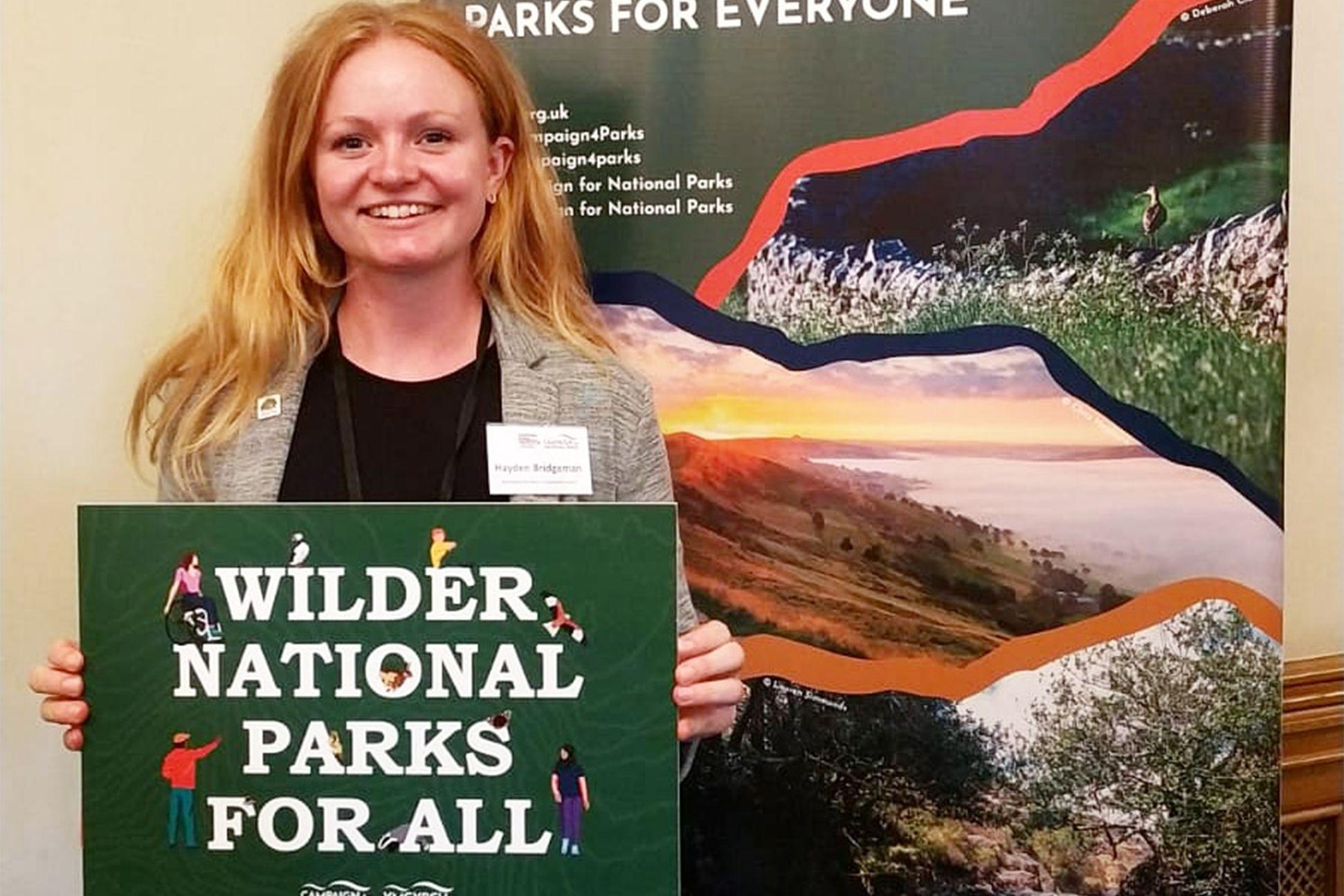
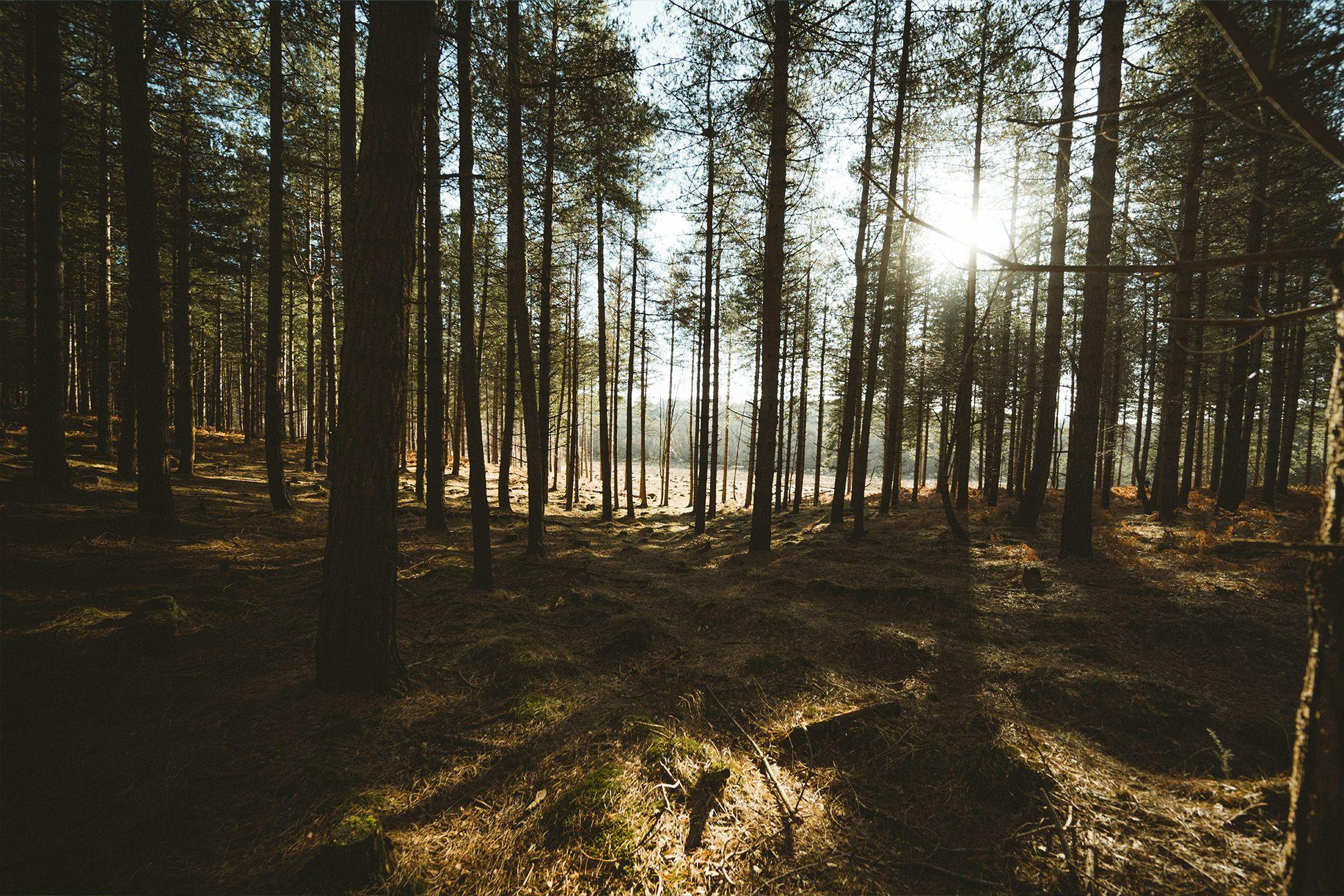
There’s been a lot of work to open up access to nature for all, why do you think it is that we have this inequality in access, and what do you think needs to be done to combat it?
I think it comes down to the many barriers that vulnerable communities face in the outdoors. From a lack of money, to feeling excluded from green spaces. Fortunately, there are tangible steps being taken to combat this. We are seeing stiles being removed, grants available for charities and community groups to help with transport and a huge push sector wide to make sure this is systemic change and not just tokenistic.
Campaign for National Parks are a brilliant organisation that campaign to achieve this work and help inspire action for wilder, more inclusive National Parks. I was shortlisted for their New Perspectives award at the National Park Protector Awards last year and it’s platforms like this that celebrate and highlight this work that is so valuable in changing the narrative and help make nature accessible for all. There is a long way still to go but we are continuously working to ensure that protected landscapes continue to thrive.
In your experience of improving access, have you had any experience of new visitors to the parks that have reaffirmed the good work you’re doing?
Yes, so many, which is so brilliant. Working with local communities and new groups that haven’t been to the National Park is a daily motivator for us. Seeing someone experience something in nature for the first time and being able to share in that excitement is very special. One that will always stick with me is working with a refugee group one day last year in early autumn. The group got to our viewpoint, where you could see the natural world emerging and we paused. One lady got quite emotional and shared that with me that she felt she was home and finally truly peaceful – a peace she had not felt in such a long time. It was so powerful and reminds me just how much nature means to so many people and the effect it can have on us. We, as protected landscapes, must continue to do our best to make sure everyone can experience moments like this.
Do you see the effects of climate change in your job?
Yes definitely. I do feel the summers are warmer and the winters are wetter and the impact that has on our wildlife is already noticeable.
The New Forest has 75% of the valley mires in North-Western Europe and this unique habitat should ordinarily be permanently waterlogged but it isn’t – it is noticeably drier. This will have a huge impact on those special species that rely on those unique conditions, and we could lose them if summers continue to get hotter.
The longer, wetter winters bring flooding, and we’ve have been advised not to come into work due to flood risk and tree fall, which hasn’t happened before and is a real noticeable change on how it is impacting daily life and what this could mean for local communities in the future.
On top of all the extreme conditions we then have the intense fluctuation between seasons – seeing all seasons in a week/day/hour sometimes! This confusion and dramatic change in temperatures changing from 15 degrees back down to 3 or 4 with torrential rain for weeks on end can confuse wildlife. Our ground nesting birds begin to believe (like the rest of us) that the winter is finally over so they begin to nest, only to be put back in to winter the next moment therefore losing precious energy and nesting attempts.
Nature doesn’t have the time to adapt. It’s scary to think about the future and what landscapes might look like if we continue the way we are, but there is hope and it is important to remember that we can all do our bit to fight climate change.

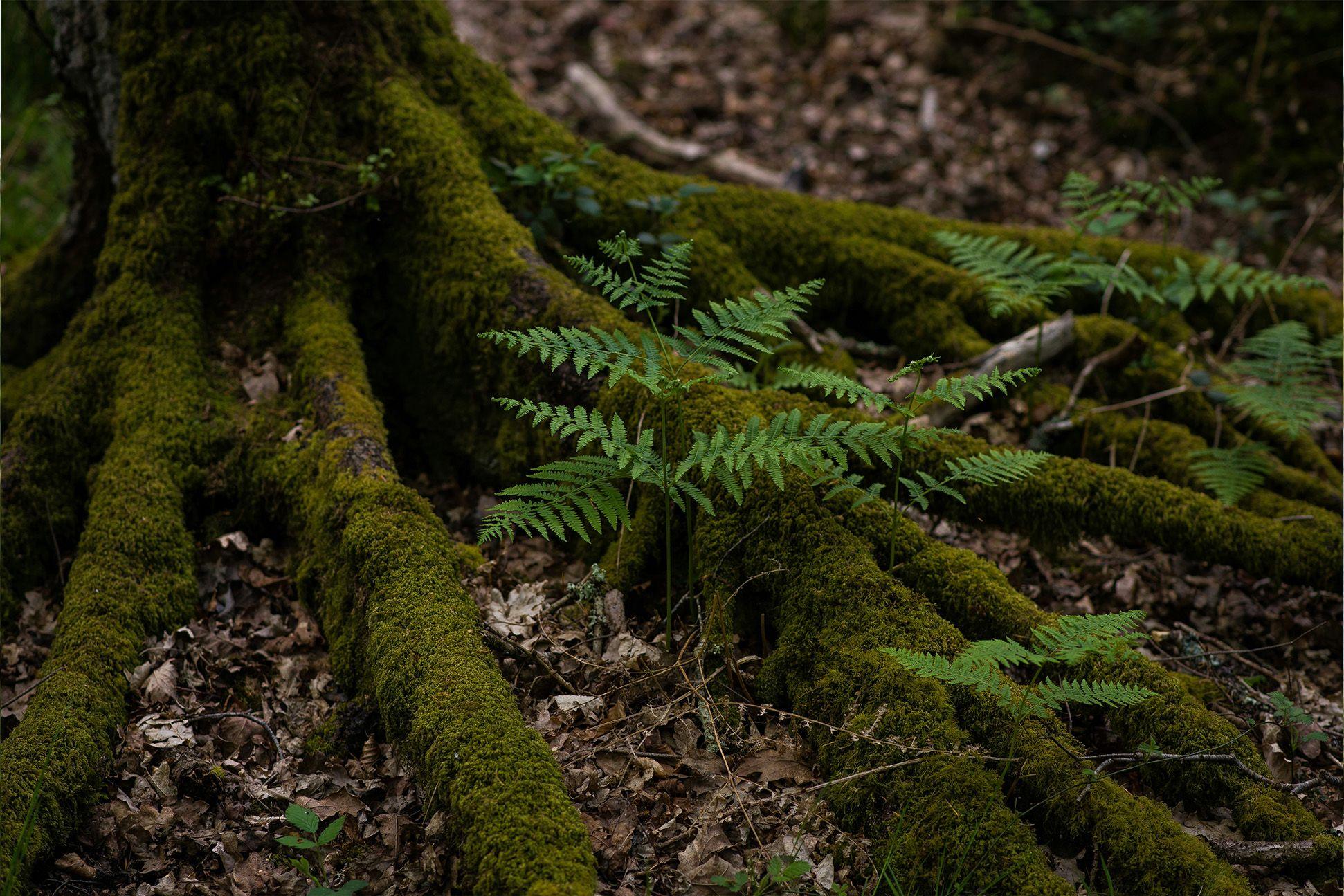
What’s the benefit of roles such as yours in a world increasingly affected by climate change, and what benefits do we get for improving access?
Ranger roles help combat climate change as we can directly communicate with members of the public. We are a real advocate for some of our protected species and rare habitats like heathland and everything in between.
Not many people know that heathland is one of the rarest habitats in the world and that the New Forest is a stronghold for it. These are also some the direct benefits of improving access to our green spaces, as the more people that know how special these rare habitats are the more people there are to care for them.
Where are the best resources to find out how to use the parks, or do you have any personal tips for visiting them?
Always check the website if you’re able to, or even better, look at their social media for an understanding of what’s happening right now in the park. Check out what seasonal messaging is out for when you are visiting – it can vary from no barbeques or fires, to stick to the main tracks and it will also give you an insight into what wildlife you can see and where to see it.
I’d also recommend not just looking at what’s promoted – pick a car park and walk on the tracks from there and see what you find. It can be intimidating in a new place but don’t always go for the advertised area – but be sure to stick to the main tracks, especially in ground nesting bird season.
In the New Forest we have our open top tour bus as well in the summer which is a brilliant way to see the Park and you can take bikes too (would very much recommend hiring one). Oh, and of course you have to look out for a good pub! Do what brings you joy and don’t worry about anyone else.
You’ve worked with charities to lead groups of refugees into national parks – why do you think this is an important programme, and where do you hope to go next with it?
It’s such an important programme, nature should be for everyone. We, as a society, are so aware of how crucial access to nature is for good mental health and wellbeing and yet those that need it most are often unable to access it and I want to change that.
I started working with refugees and asylum seekers around two years ago. They are one of the most vulnerable groups in our communities and I wanted to know what we could do to help.
These communities often live in our neighbouring cities, which are just a 15-minute drive from the park, and it struck me just how unfair it was that they didn’t feel the National Park or green spaces in general were for them.
I’d love to lead some training so that some of the volunteers feel confident taking out refugees into the national park and a dream one day would be to have an apprentice ranger join our ranger scheme from a refugee background.
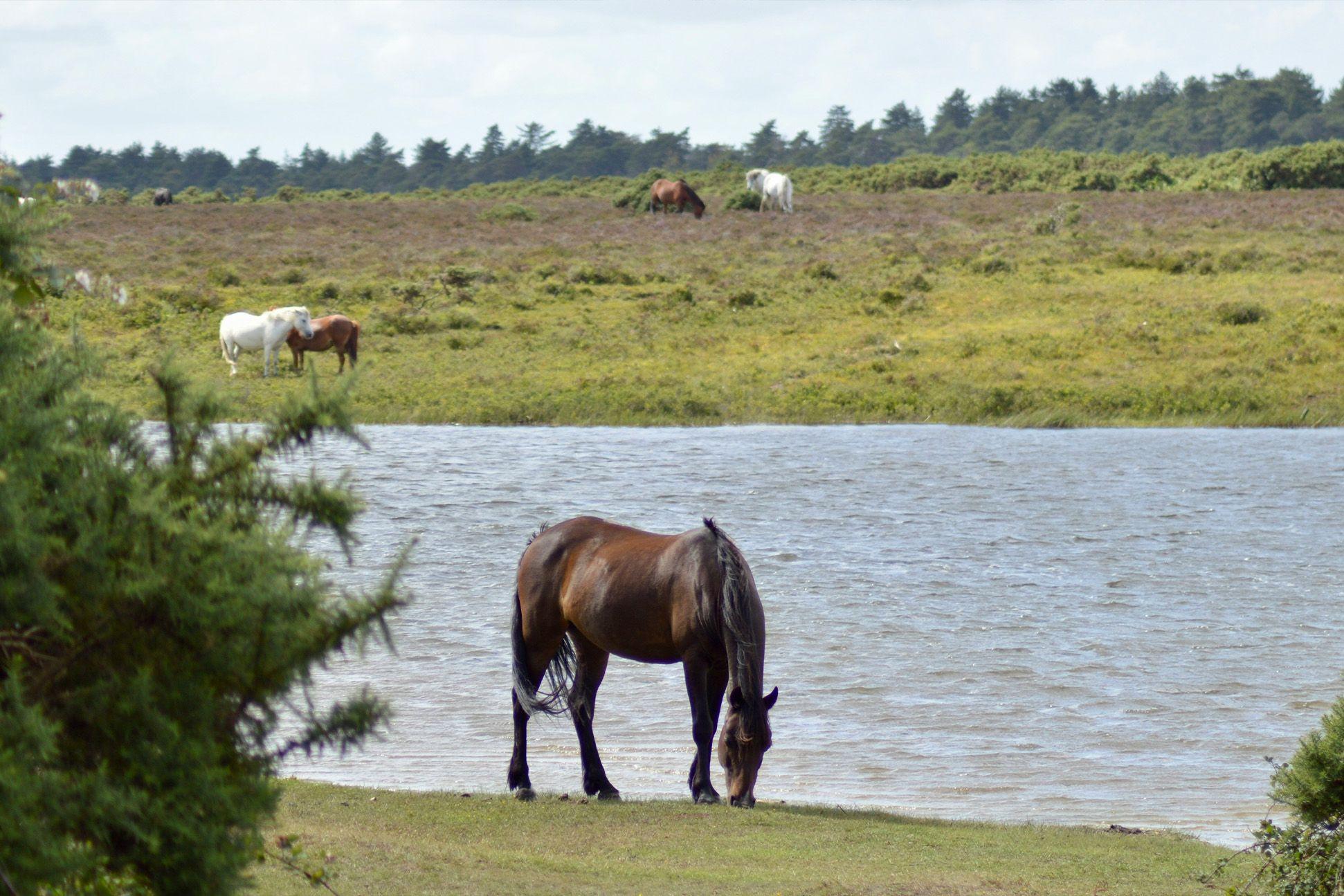

What would you change about the national parks? And if there’s nothing, then why not?
I would like to remove barriers that people face to access them. I think we need much stronger transport links so that using public transport becomes a long term and real option for people navigating green spaces.
Our society – especially in rural areas, assumes everyone has access to a car and can drive, but a) that isn’t the case, and b) if we want to reduce carbon emissions, we must use public transport more. I wouldn’t necessarily change anything else I just really hope that these landscapes, habitats, and wildlife are still here in generations to come.
Is there any positive news you can share about the conservation work, or progress from the accessibility work that’s going on?
Yes thankfully – lots! We generally have brilliant conversations with passionate and excited people about wildlife that are filled with hope. We are encouraging behaviour change with our communities and visitors through education and seeing that passion for protecting the environment be shared.
There are thankfully a whole host of programmes that are carrying out work on the ground to reduce the effects of climate change, such as protecting the New Forest’s carbon stores and increasing its ability to remove carbon from the atmosphere through restoring our habitats. This will in turn help the New Forest adapt to the climate and nature emergency and make wildlife areas more resilient.
If someone wanted to do what you do, how do you get there?
I can’t recommend apprenticeships and volunteering enough. People in my office are probably sick of me talking about them. Volunteering is great because it allows you to ‘try before you buy’. You get to work with all sorts of different people and really network in the sector you’re interested in, all the while building up your skills in the field. It’s brilliant.
Apprenticeships are similar in the fact you get to learn on the job. Also don’t be disheartened by no’s and ask questions, put yourself out there. These may sound like clichés, but I promise they’re cliché because they are true. Keep going and remain passionate and you will get there.
Bonus question: Have you ever seen/seen evidence of a big cat? (we had to ask)
Haha unfortunately I haven’t. If only!

